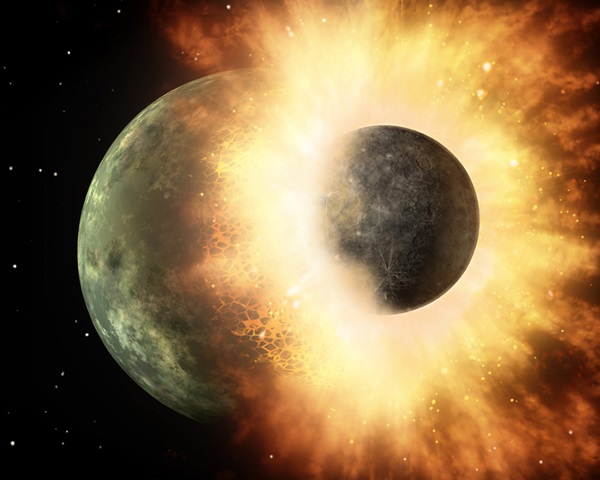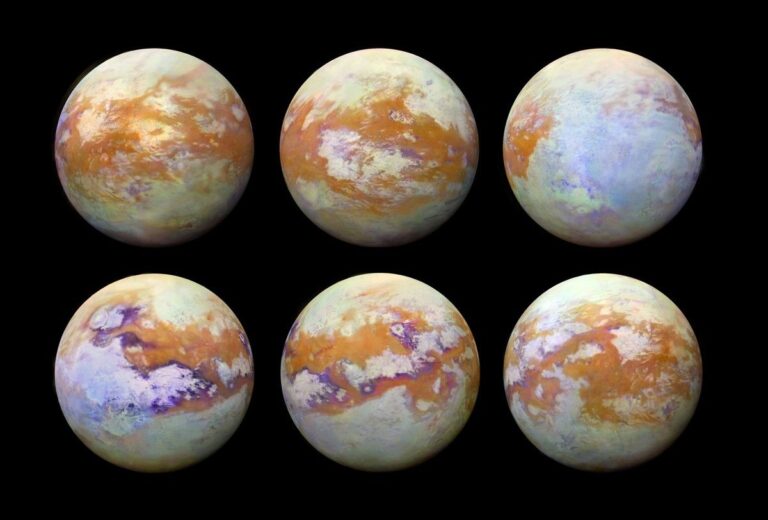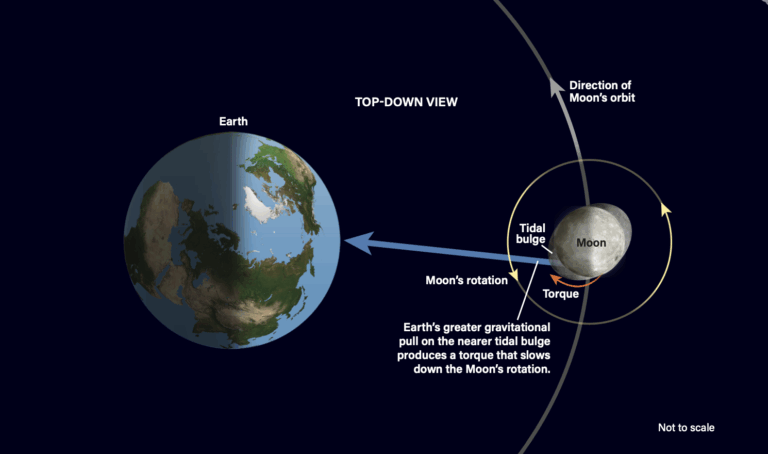Key Takeaways:
Earlier this year, scientists announced that they’d used the Z machine at Sandia National Laboratories to come up with an answer. By smashing aluminum against small squares of iron at very high speeds, they discovered that the iron turns into a vapor much more easily than had been assumed. That means Earth-impacting planetesimals would have turned into tiny droplets like an iron rain and dispersed across the planet, helping explain why the element is so spread out.
Now, this does not explain the presence of the surface metals that gave humans the rough materials to wage wars across Europe during the Iron Age. We have biology to thank for those resources.
Billions of years ago, ocean organisms learned to use photosynthesis and began pumping oxygen into Earth’s marine environments, where it hadn’t previously existed. That oxygen combined with the dissolved iron in the water and formed hematite that could be melted and eventually used to fuel industry.
Associate Editor










